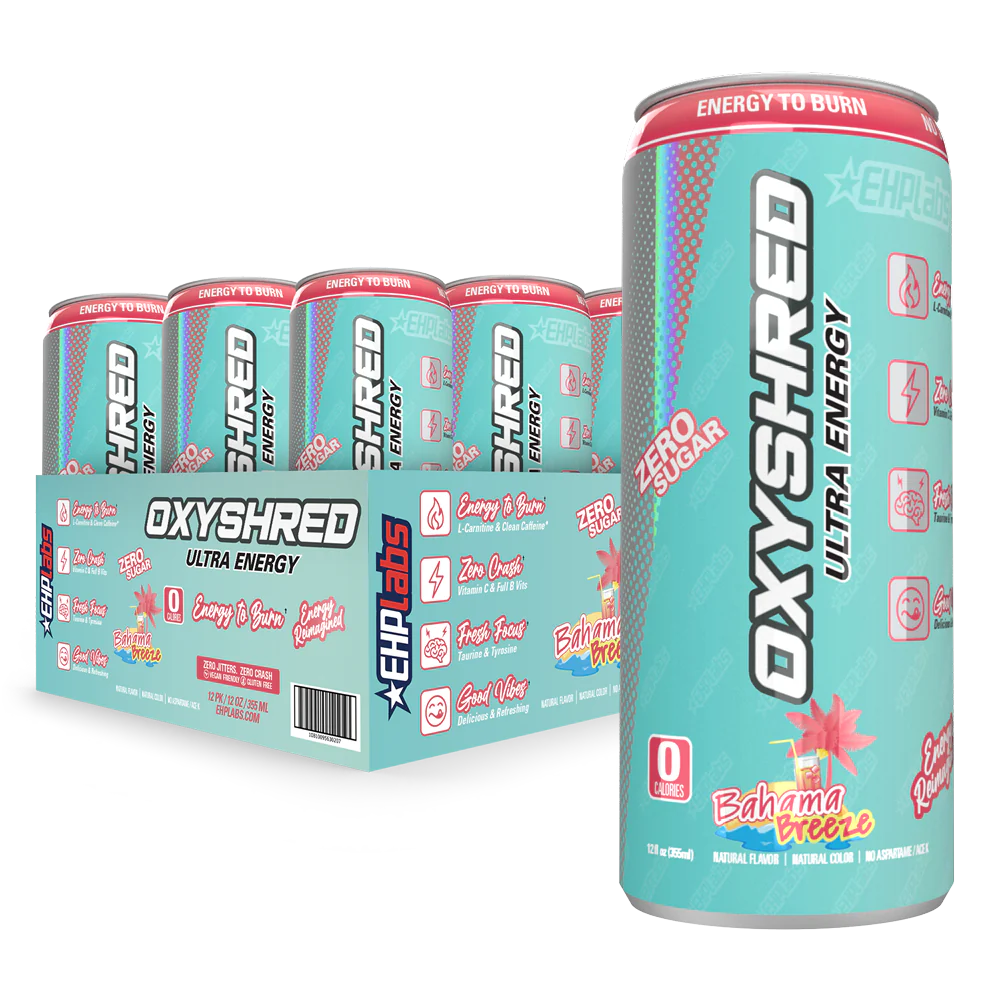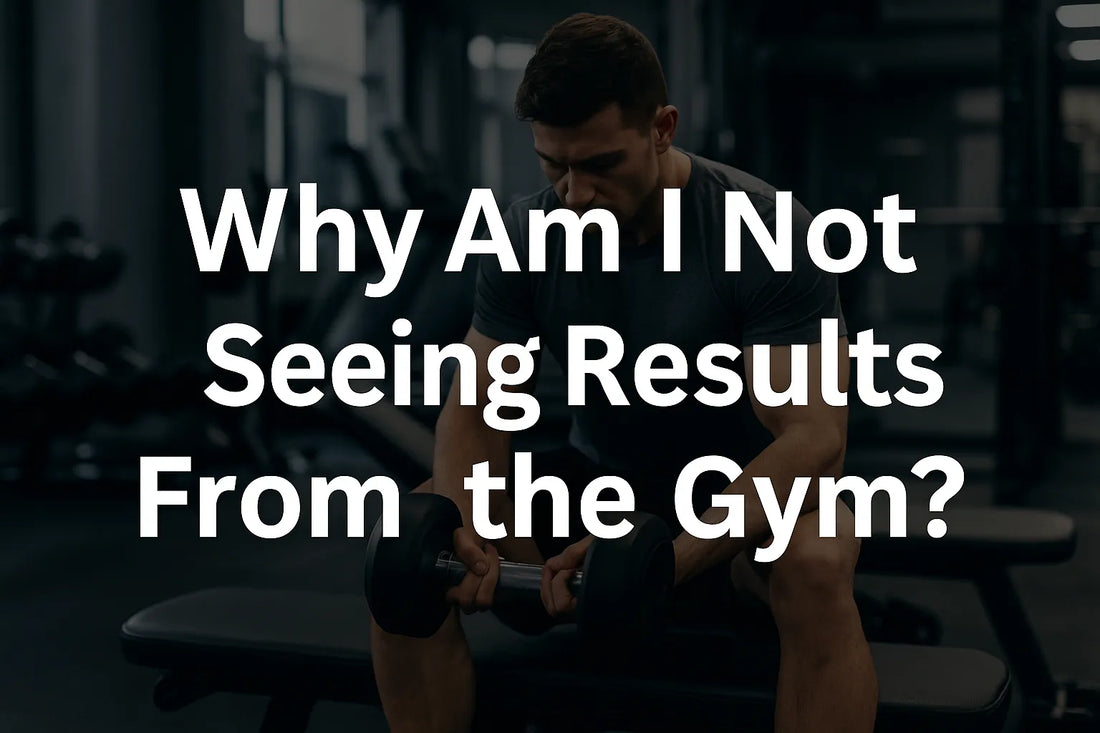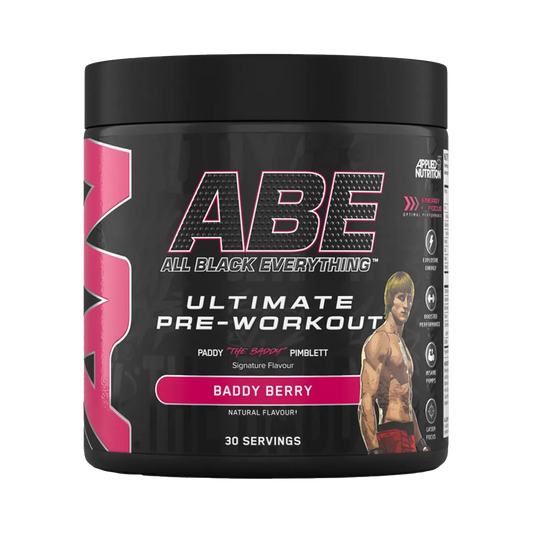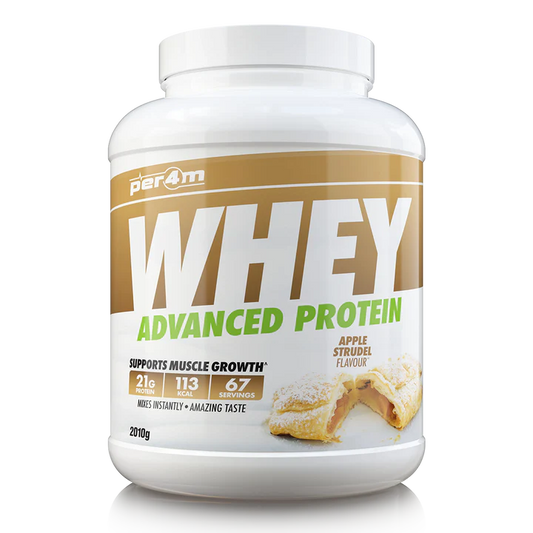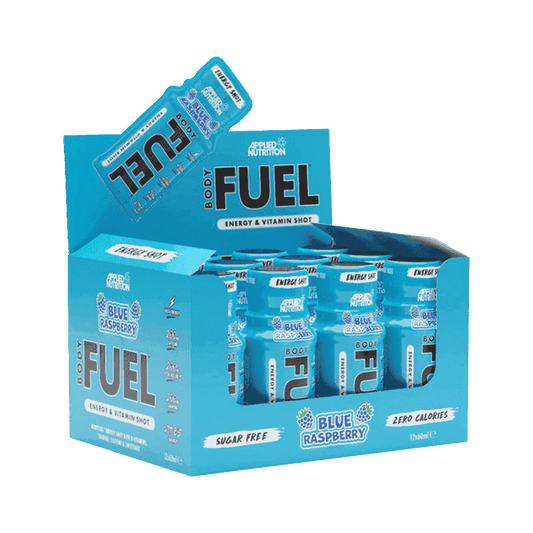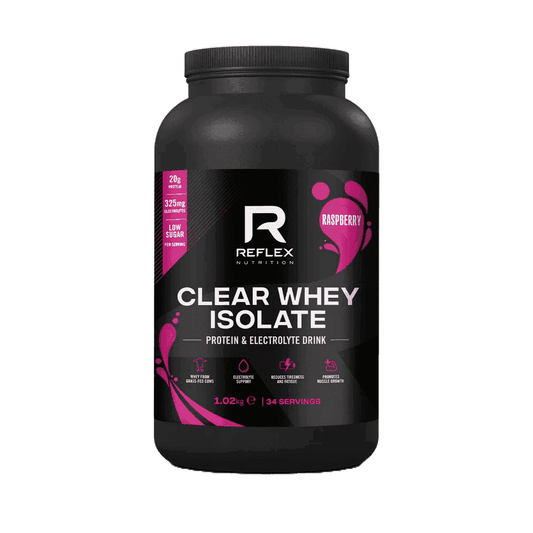“I’m working out… why don’t I look like it?”
It’s the most frustrating feeling: you’re showing up at the gym, grinding through workouts, cutting calories — and yet the mirror, the scale, and your strength numbers barely budge.
Here’s the truth: not all hard work equals progress. Let’s break down the most common gym progress killers — and how to fix them.

How Many Days a Week Should I Go to the Gym to See Results?
For most people, 3–5 days per week is the sweet spot.
-
Beginners: 3 full-body sessions.
-
Intermediates: 4–5 sessions with upper/lower splits or push/pull/legs.
-
Advanced: 5–6 focused days — but only if recovery is dialled in.
More isn’t always better. In fact, too many sessions can stall progress by causing recovery debt. Balance intensity with rest, sleep, and smart supplements like Naughty Boy Prime Creatine to keep muscles fuelled and ready.
How Long Should a Gym Session Be for Optimal Progress?
Anywhere from 45 to 75 minutes is ideal.
If you’re pushing past 90 minutes, chances are you’re:
-
Wasting time
-
Doing junk volume
-
Or not working hard enough in key sets
A focused hour, supported by pre-workout energy (think Applied Nutrition ABE) and proper hydration (Applied Nutrition Body Fuel), beats marathon sessions every time.
How Long Does It Take to See Gym Results?
Here’s the realistic timeline:
-
2–4 weeks: Feel stronger, better mood, improved sleep.
-
4–8 weeks: Noticeable changes in strength, endurance, and body composition.
-
12+ weeks: Visible muscle gain or fat loss to others.
Consistency + recovery + progressive overload = results. If you’re missing any one of those, progress stalls.

Why Am I Not Seeing Progress Even After Hitting the Gym and Eating Little?
Because eating less isn’t always better.
Severely under-eating:
-
Slows your metabolism
-
Increases cortisol
-
Leads to muscle loss, not fat loss
Make sure you’re fuelling your body with enough protein (like Reflex Clear Whey Isolate) and nutrients to support training, even in a deficit.
Why Am I Exercising and Not Seeing Results?
Let’s check:
✅ Are you tracking your workouts (not just showing up)?
✅ Are you progressively overloading — adding weight, reps, or intensity?
✅ Are you recovering fully between sessions?
✅ Are you sleeping enough (7–9 hours)?
✅ Are you hitting protein targets daily?
It’s not just about burning calories — it’s about building something.
🔥 Up Next in Part 2:
We’ll dive into:
-
Why lifting weights sometimes doesn’t equal gains
-
Why fat loss can stall despite exercise
-
Weight gain paradoxes
-
How nutrition, rest, and smart supplements can break plateaus
(Part 2 – Smashing Plateaus and Unlocking Progress)
Why Am I Lifting Weights and Not Seeing Results?
You might be showing up, but are you:
-
Using enough weight?
-
Controlling tempo?
-
Prioritising compound lifts like squats, deadlifts, rows, presses?
If you’re lifting the same dumbbells week after week, your muscles have no reason to adapt.
Time to progressively overload — more reps, more sets, or more weight.
✅ Bonus tip: Take Naughty Boy Prime Creatine daily to help push heavier loads and improve recovery between sets.

Why Am I Not Losing Fat When I Exercise and Diet?
Because fat loss isn’t just about burning calories — it’s about:
-
A small, sustainable calorie deficit
-
Keeping protein high (~1.6–2.2 g/kg body weight)
-
Managing stress and sleep
Under-eating or over-training can backfire. Support your recovery with Reflex Clear Whey Isolate and Applied Nutrition Body Fuel — they help preserve muscle and maintain hydration, even in a deficit.
Why Am I Gaining Weight When I’m Eating Less and Working Out?
Here’s what might be happening:
-
Muscle gain + fat loss at the same time = scale stays still
-
Water retention from new training stress or creatine use
-
Inflammation from high-intensity exercise
Ditch the scale obsession. Focus on body composition, strength, and how you feel.

Is Weight-Training Four Days a Week Enough to Make Gains?
YES — if you train smart.
A 4-day split (like upper/lower or push/pull) is ideal for most lifters.
Make sure you’re:
-
Training intensely
-
Prioritising recovery
-
Supporting your system with protein, creatine, and hydration
Remember: more frequency ≠ more results if recovery isn’t covered.

What Happens If I Lift Weights But Don’t Eat Enough?
You risk:
❌ Losing muscle mass
❌ Plateauing in strength
❌ Compromising your recovery
Food = fuel. Supplements like Per4m Advanced Whey Protein can help you hit targets when appetite is low, but they don’t replace real food.
FAQs
1. How long before I see muscle gain from lifting?
Around 6–12 weeks, depending on training quality, nutrition, and recovery.
2. Why am I not getting stronger in the gym?
You might need more recovery, better nutrition, or a new training program.
3. Should I change my workout if I’m not seeing results?
Yes — adapt every 4–6 weeks or when you plateau.
4. Can supplements help break a gym plateau?
Absolutely. Creatine, protein, and hydration aids can all support next-level performance.
5. Do I need more rest days to see progress?
Possibly. More isn’t always better — sometimes less is more.
